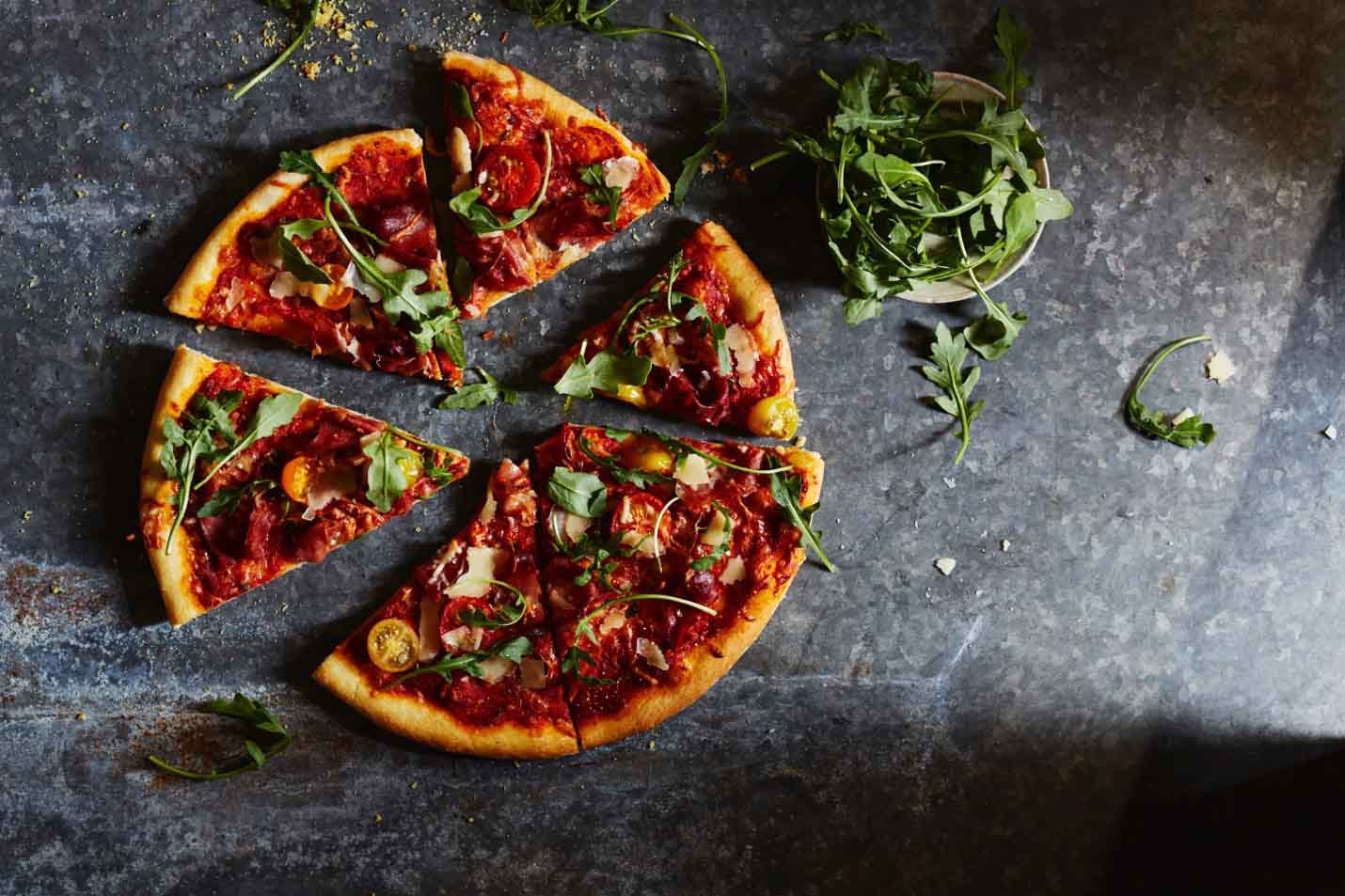©2014-2026 Penscott Management Corporation. All rights not expressly granted herein are reserved. The APO E Gene Online Program™ and the APO E Gene Program™ are part of the APO E Gene Diet®, which is a registered trademark of Penscott Corporation.
Information on this website is intended for informational purposes and is not a substitute for medical advice, diagnosis, or treatment. Learn more.
Most people choose foods because they like the taste. What many don’t know is that taste is one of five critical senses and is important for our survival. Taste alerts us to select the correct food, which is vital for our existence, safety, and optimal function.

I have a friend who adopted a 5-year-old child from Uzbekistan. Before eating anything, he would smell the food and touch his tongue lightly to the food to investigate the taste. This behavior intrigued me. His mom explained that the food where he came from was so poor in quality that people practiced this behavior so as not to eat anything that didn't smell or taste good. This child continued to practice this safety precaution to ensure he did not get sick from the food that he was being given. While we in the United States do not have to practice this precaution, in some places in the world it is necessary for survival.

Dietary changes need to be introduced very slowly and consistently. When new tastes are being brought into the diet, the human neurological system, which taste is connected to, is nudged and challenged. For example, I ask many patients to make changes in what they drink — perhaps reducing caffeine intake, high sugar drinks, and alcohol. Making these changes can be very difficult because we are reducing or eliminating these chemistries in the body that the neurological system has grown used to and the brain is not happy if it is not given time to adapt.
Caffeine is a drug and cutting it out suddenly can produce disturbances in the heart, cardiovascular system, brain, and neurological system; as well as increasing irritability, restlessness, anxiety, nausea, and dehydration. Changes must be introduced very gradually to allow the body to adapt.
Most of my patients are super motivated to make the dietary changes I recommend. When I give them their Plan of Care and they find I have recommended that they reduce their coffee intake, they often say, “Oh, I can stop it tomorrow. I don’t need coffee. I like the taste, but I don’t have to drink it anymore.” When dropping caffeine levels in the body that quickly, the neurological system can be greatly disturbed by the changes of caffeine and other chemistries in the body. When the body is used to caffeine — often 2-3 cups (as much as 700 to 1000mg of caffeine) — cutting it off cold means the body will not be happy and will react.

Many people love the smell and taste of coffee, another significant reason for making the changes gradually. Tastes can shift, and these shifts are a significant factor in patients making and sustaining the transition to a healthy diet. Slow changes are best.
I recommend that if you drink 3 cups of coffee a day, reduce this to 2 ¾ cups of regular coffee and ¼ cup of decaffeinated coffee for 4-5 days. Then lower your intake to 2 ½ cups of regular coffee and ½ cup of decaffeinated coffee for another 4-5 days, and so on. With slow changes your body should not have a problem adapting.
The Protective Tastes

Taste is directly connected to our neurological system, meaning that when we taste something, it immediately sets off a whole host of chemical reactions in the human body. For example, sweet connects the human mechanism to the critical macronutrient, carbohydrate. Sweet is a basic taste, driving the human mechanism to consume the carbohydrates that provide an almost immediate source of the energy needed by the human body.
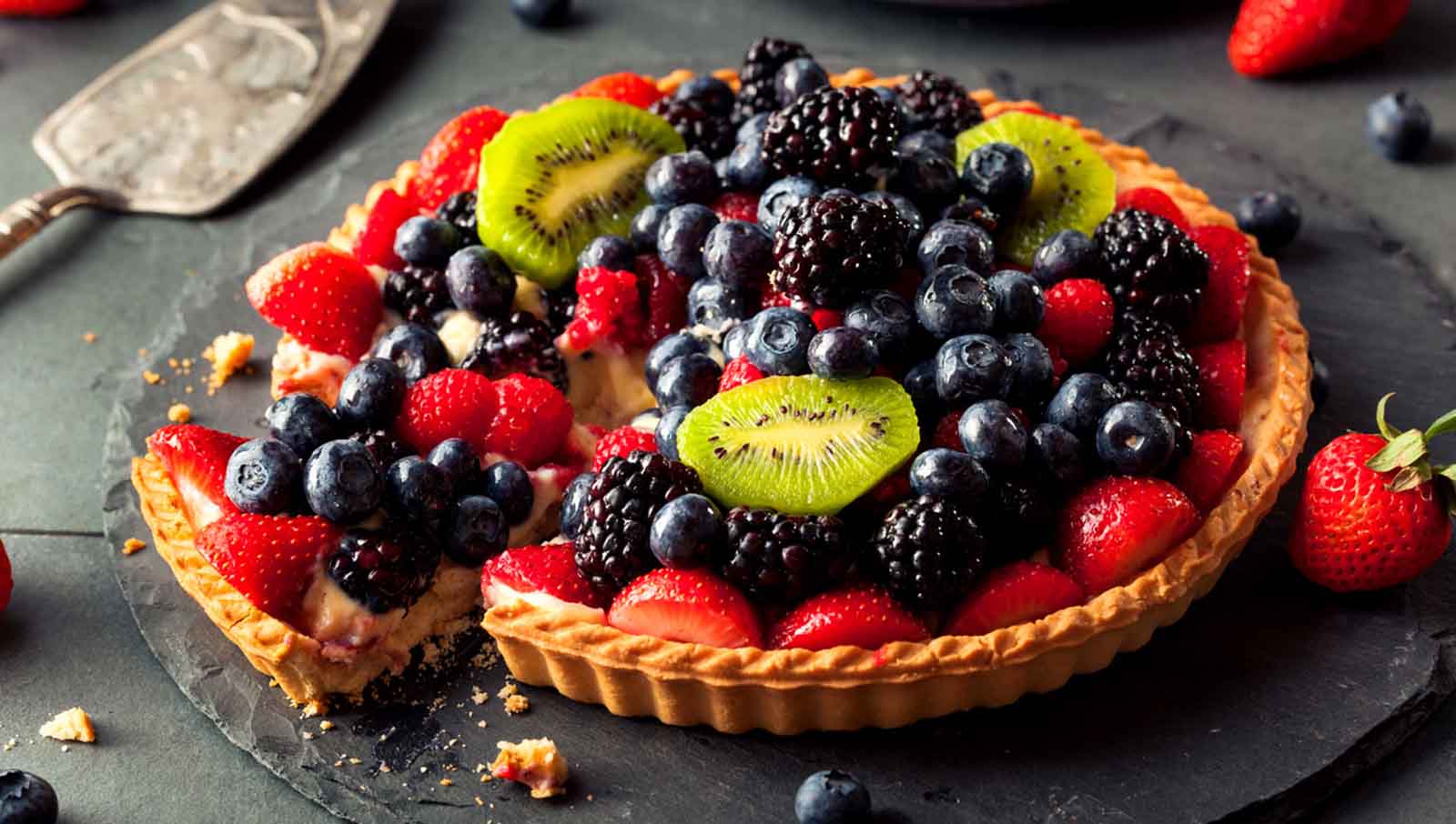
We are all familiar with the power of sweet tasting foods to entice us to increase that sweet intake. We readily identify sweet molecules though the sense of taste; an organism can quickly detect a source of readily available glucose. A very interesting example that most women are familiar with is the increase in consumption of sweet foods before menstruation. Biologically, the body is getting ready for a pregnancy and the uterus is building a lining to accept a pregnancy. This takes a huge amount of energy. When a woman is not eating a diet containing healthy sources of higher amounts of carbohydrates, she will go in search of anything sweet to support the increase in glucose needed. Chocolate is a common consumed sweet.

Salty
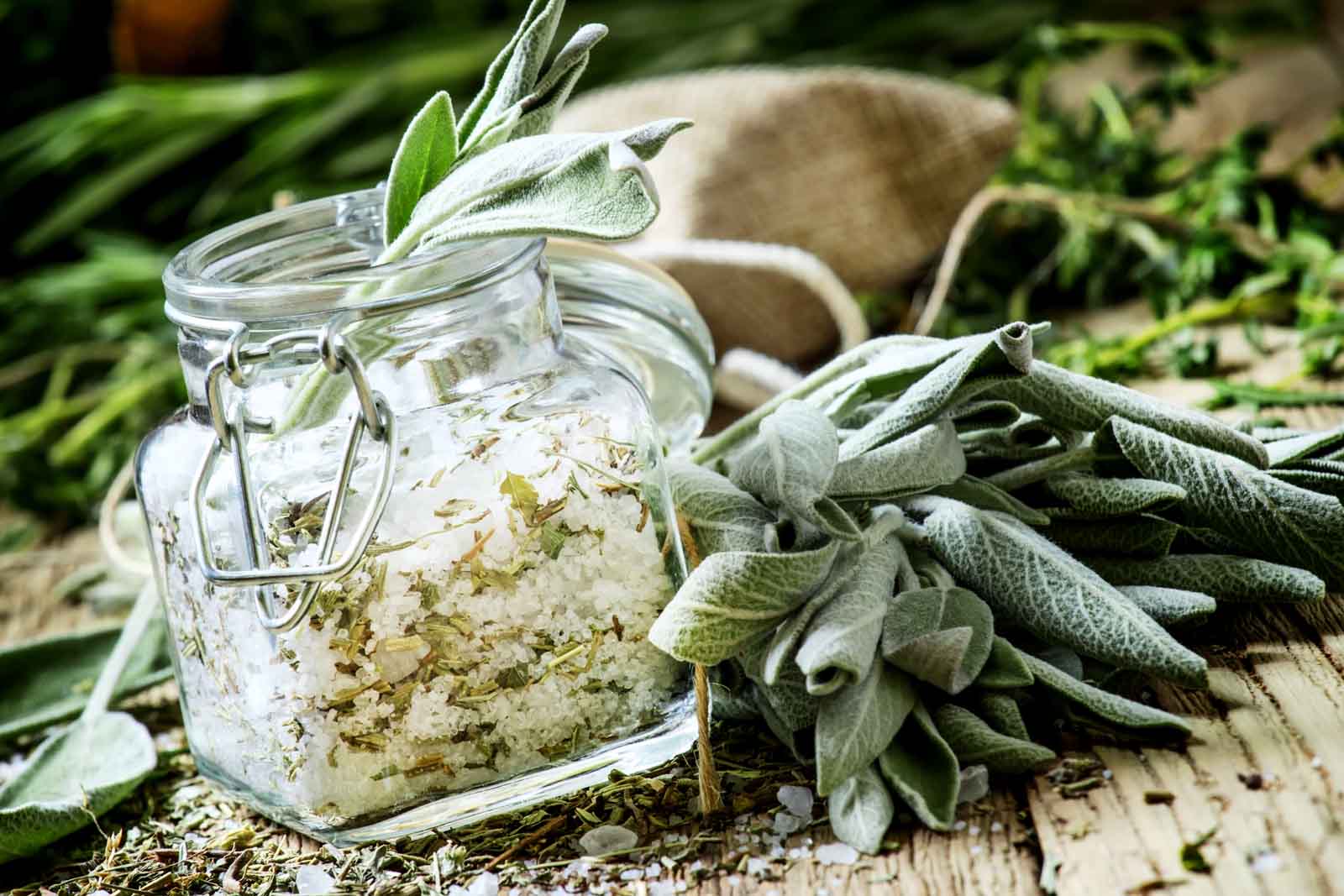
Salty foods help us regulate the fluids and the sodium content in our body.
Sour and bitter tastes, while at times enjoyed, at other times protect us from ingesting spoiled food. We are all familiar with the tastes of sweet, salty, sour, and bitter. One additional taste you may not be familiar with, is Umami, today commonly known as the so-called fifth taste. The Umami taste helps the body to identify and consume foods containing amino acids—the protein that is so essential to human health.
These are examples of how tastes are protective. Some people are aware of this, but many people are not even conscious of how they feel when they eat certain foods or drink certain fluids. Part of my work with patients is to help them become conscious about how they eat, and how they feel when they eat certain foods with either sweet, salty, sour, bitter or Umami taste.

I often ask patients why they like certain foods. Understanding the significance of food cravings is very helpful when you are asked to remove a favorite food from the diet. For example, you may discover you love chocolate cake because every Friday, when you were a child, your dad met you after school and took you to the local café and treated you to chocolate cake or ice cream. Now, whenever you eat chocolate cake or ice cream, you are connected to a good time with your dad. Patients find it very interesting when they can slow down and recognize the taste of the foods they eat, and the association they have with different foods. I suggest you try this yourself.
Try doing some investigating of a certain food that you love and see what comes up. You may be super surprised.
A Kiss for a Sip….

I, for example, was surprised to discover why I enjoyed beer so much. I did guided imagery to figure out what my love of beer was all about, and I found a strong connection from my childhood between being loved, and beer. My granddad would have a glass of beer each night and I would ask for a sip. He said yes to the sip, only if I gave him a kiss in exchange. I must have been only 7-8 years old. It was a game we enjoyed together every night. I only got one sip — no more. I realized I can access that memory in me at any time, without the beer.
Food affects the body, positively or negatively, but we have not been educated to look at how the foods or fluids we consume leave us feeling. Few people make the connection with the food they eat and the illness they are enduring day after day.
Certain foods and tastes can affect the body quickly, and different foods affect the body in different ways. For example, eating a lot of processed foods can affect insulin and glucose levels leaving some people feeling extremely fatigued in a very short period of time. Certain types of meat cause depression or anxiety in some people. Recent research showed if older people lose some of their Umami taste, they can also lose their appetite, resulting in weight loss and some decline in overall health.
Today, take a few minutes after eating or drinking different foods or fluids associated with the different tastes — sweet, sour etc. to note how you feel. Doing this on a regular basis, can go a long way to improving your health — even your neurological health.
Umami and MSG

Umami is perhaps the least known taste, yet Umami is the familiar savory, meaty flavor many of us detect and love in our food. The Japanese culture is pretty much responsible for discovering and adding this “fifth” taste. It was created in a laboratory in the early 1900s by a scientist who coined the term Umami, which is now familiar to our culinary experience and vocabulary.
The chemical found in foods that brings out that savory meaty flavor associated with Umami, is glutamate. Glutamate is an amino acid that is produced in the body and occurs naturally in many foods. It is the typical taste of what many people know as monosodium glutamate (MSG), found naturally in different foods such as dairy, meat, vegetables, and seafood. In the Asian world, obtaining that deep savory flavor without using meat is a culinary art that has been perfected over many years of blending different plants, herbs, and nutritional yeasts, as well as a variety of mushrooms and seaweed that carry that unique flavor of Umami – or monosodium glutamate.
Today, monosodium glutamate (MSG) is a common food additive. When MSG is added to foods, it provides a similar flavoring function as the glutamate that occurs naturally in some foods, comprised of nothing more than water, sodium and glutamate. Many of the processed foods you find in supermarkets, especially processed meats — like lunch meats, sausages, and pepperoni contain the additive MSG. It’s what gives them that extra strong meaty flavor. However, I strongly recommend you avoid this. Many people are highly sensitive to this additive that is commonly used in Chinese food and restaurants in the USA.
To get that Umami taste, I suggest staying with natural sources such as plants-like herbs, mushrooms, seaweed, and nutritional yeast. The disodium guanylate chemistry found in yeast, seaweed, and mushrooms carries concentrated levels of Umami. It can also be created when a starch called tapioca is fermented, but this process takes a lot of time.
Why stay with natural sources? Glutamate is the largest neurotransmitter in our brain and central nervous system. It has a key role in both learning and memory, and for your brain to function effectively it needs to have the right levels of glutamate. Consuming glutamate in your diet via natural foods, the body is able to regulate this chemistry easily. Taking in an additive such as monosodium glutamate (MSG), however, may be harmful because it may upset the natural internal balance of these very powerful neurotransmitters. Too much glutamate is associated with three very devastating diseases: Parkinson’s, Alzheimer’s, and Huntington’s disease.
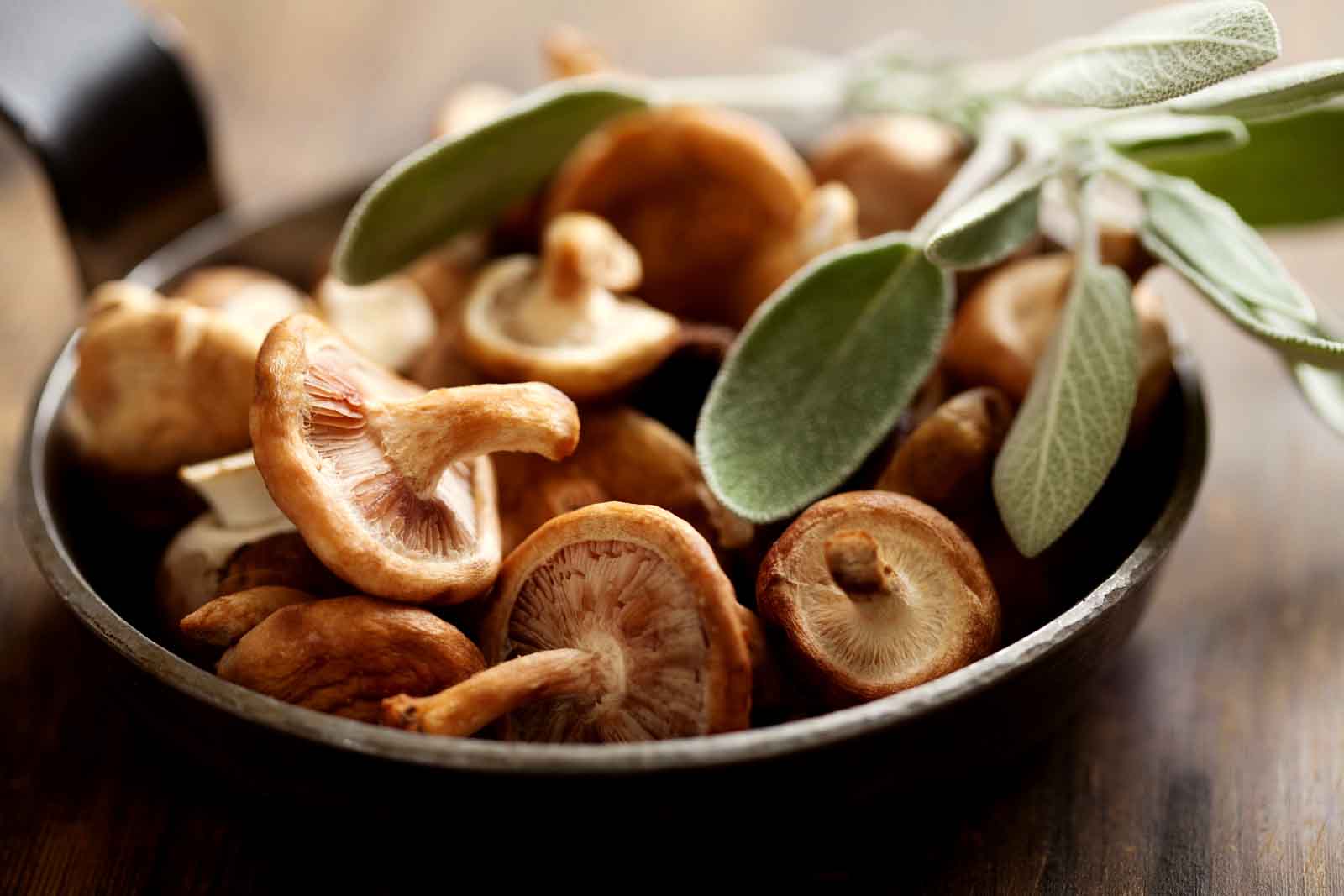
This is why I would like you to explore using natural foods to bring out that wonderful Umami flavor. I often add shiitake mushrooms to my recipes to create this taste. Shiitake, fresh or dried, is a very strong mushroom with a pleasant, deep, rich smell. Some people say that dried shiitake brings out the Umami flavor in a more powerful way. Nutritional yeast is another easy way to add some of that flavor to your food. Experiment. Find your own favorite way of bringing Umami into your diet.
A Super Tasty Salad
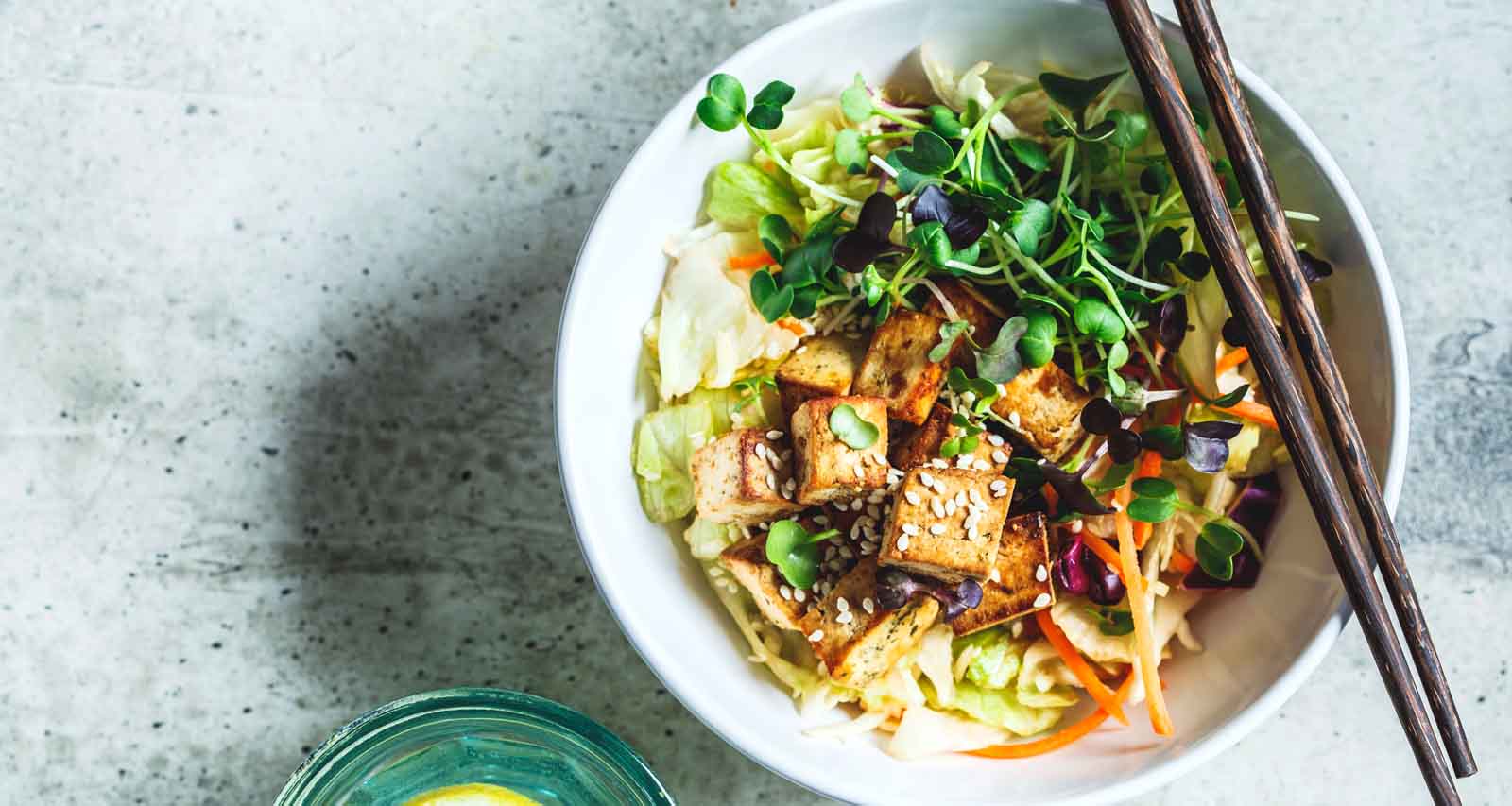
My oldest daughter Victoria and I used to go down to our local shopping center in Walnut Creek, California when she was young. We had a favorite Hole in the Wall restaurant that would make a fresh, delicious, spicy salad. We both really loved it. It had that savory, meaty, Umami flavor that kept us coming back for more. I still have great memories of a yummy salad with the Umami flavor. The restaurant is gone now, as the entire shopping center was knocked down to make way for a much more modern shopping center. But today, this is the shopping center where my colleague and friend Dr. Weil, has his True Food Kitchen, now one of our favorite restaurants, that definitely includes the taste of Umami in its food preparation.
I am including this recipe that is very similar to the salad Victoria I used to enjoy. I hope you enjoy it too.
Pam McDonald
ApoEGeneProgram.com
APO E Gene Program Asian Salad with Ginger Dressing
Salad Ingredients:
12 cups of fresh greens — mixed spring greens, romaine, spinach, and arugula
1 ½ cups grated carrots
1 cup red cabbage
1 cup chopped red bell pepper
1 cup yellow or orange bell pepper
¼ cup chopped cilantro and or parsley
¼ cup cooked shitake mushrooms (allowed to cool before adding)
¼ cup organic crumpled Mary’s crackers to sprinkle on top of your salad.
Directions:
Place all salad ingredients except for the crackers in a large salad bowl.
Mix well.
Place into the refrigerator until you are ready to dress your salad with your yummy salad dressing.
Once salad is dressed, top with Mary’s crackers.
Serve.
Dressing Ingredients:

¼ cup of APO E Gene Organic Olive Oil
3-4 tsp. Spicy Sesame Oil (this is optional – Victoria and I love the spicy)
4 tbsp. tamari soy sauce
⅛ cup nutritional yeast – (not bread baking brewer’s yeast)
2 tsp. honey
1 tsp. grated ginger
4 tbsp. APO E Champagne Vinegar.
1 tbsp. fresh sesame seeds.
2 tbsp. fresh orange juice (optional)
1 fresh lime
salt to taste
Directions
Mix all ingredients except honey.
Once all the other ingredients are mixed together well, slowly add the honey — constantly whisking.
Cover and set aside for 10 minutes.
Serves 6
Nutrition: Fat - 6 Vegetables – 3
